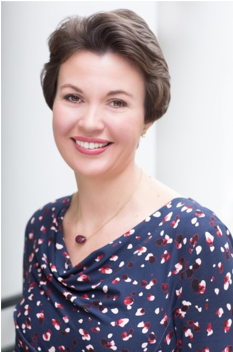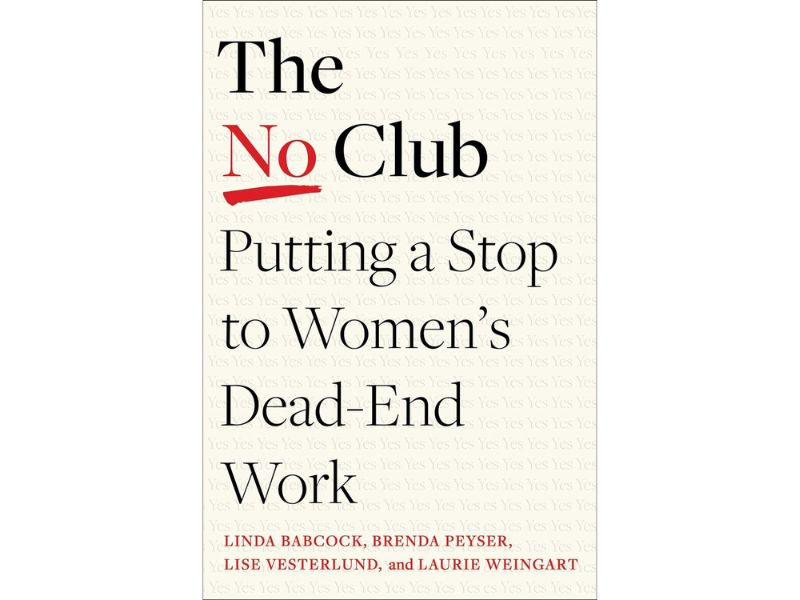There is no doubt that the thought of looking for a new role fills many people with dread.
There’s the work to do on your CV, your LinkedIn profile to work on (or even to create…), the recruiters to deal with and of course the challenge of attending interviews around your existing role. It often feels like a mammoth task to undertake – a job in itself.
For some though, it of course becomes a no option route, if someone is made redundant or they reach the point where they can’t see many positives for staying in their current company. However, all the necessary tasks should not put you off looking for a new role, if it is the right time and your career will stagnate if you stay where you are.
Here are my top tips to start the process of looking for a new role – clearly set out, so hopefully they seem more manageable. Even if you don’t want to move imminently, it is worth a read in order to make it easier when you do:
Looking for a new role when you are in a negative mindset makes it more difficult.
If you know that things are on a downward spiral in your current role, whether that be due to a lack of opportunities, unresolvable issues with others (many are resolvable…!) or you just need a change, then start your preparation work earlier rather than later.
Keep your CV and LinkedIn profile up-to-date, it is much easier to go to the job market if there isn’t a huge amount of work to do on both of these elements.
Also, what you detail on both of these is likely to be more meaningful if you have written about what you have done at the time, rather than trying to remember six months later. Why not diarise time to review them both and update if necessary?
Consider how your CV will stand out, the biggest mistakes I see with CVs are:
- Far too long, so people are put off reading it.
- Lack of space, loads of text crammed onto the page.
- Basic errors such as typos.
- Not thinking about the reader; key experience and achievements don’t stand out and are not clearly explained.
- Focusing only on ‘technical’ skills, rather than including information on experience of leading people and working with other teams to build relationships, collaborate and influence.
LinkedIn is no longer the exception, it is the rule – I usually talk about focusing on eight key areas of it, but as a bare minimum the following aspects are key:
- Your photo – professional, with head and shoulders only and eyes looking straight into the camera, not you cropped out of your wedding photo as I saw recently!
- Headline – to provide clarity over what you do and contain keywords that recruiters/companies may search on.
- Summary – think of this as an overview of your experience, expertise and professional interests. There is a real opportunity to grab attention with this. Consider what is shown in the first couple of lines in particular, to engage the reader.
- Experience – the key responsibilities and achievements from your current role and depending on timescales one to two roles before that. I would suggest you want to illustrate what you have done for a reasonable period of time, depending on your career length so far. This should not be an exact copy of your CV.
- Connections – make sure you are connected to as many people from your ‘in person’ network as possible. It is said that the LinkedIn algorithm needs you to have 500+ connections for you to come up in searches.
- Visibility – what do you need to do to build your visibility, without it becoming a full-time job?
Consider your existing network – who could help you find your next role?
Research shows that 70-85 per cent of roles are filled through networking. This is because people like to recruit those they know already and view as credible – as unfair as this may seem. Also, if a contact knows you are looking for a new opportunity, they may even be able to create a role in their company for you. As a start, spend time thinking through who you know and prioritise who to meet for a coffee. Always be looking for opportunities, if you bump into someone you haven’t seen for a while, consider if this is a great opportunity to follow up and re-build that connection.
This may sound like a lot of tasks, but if you plan in time carefully for each one you can soon make progress! If you are thinking you need some further help to get started or support to follow these top tips, I have two specific ‘job hunting’ options for you that will take 30-60 minutes of your time:
- Either, book a complimentary, no obligation 30 minute Career Booster session with me to help you – you can contact me here.
- Or, request a copy of my free webinar ‘Get That Job’ on this page which walks through these aspects and more in greater detail.
If you’d like more general input into progressing your career, request my new email series The 9 (often neglected) considerations to help you move your career forwards which also includes my monthly career progression emails – you can request those here.
 About the author
About the author
Joanna Gaudoin runs Inside Out Image, helping professional individuals achieve greater career success and their organisations improve business performance, by working with them on their personal impact and relationship building skills.
Prior to establishing Inside Out Image, Joanna Gaudoin spent 10 years in marketing and consultancy. She now works with clients one-to-one to help them overcome their career challenges, as well as speaking at events and running workshops across all areas of personal impact and relationship building; including appearance, body language and voice, as well as the skills and confidence for different business scenarios such as meetings, networking and presentations.
Most of Joanna’s work is in the professional and financial services sectors.









